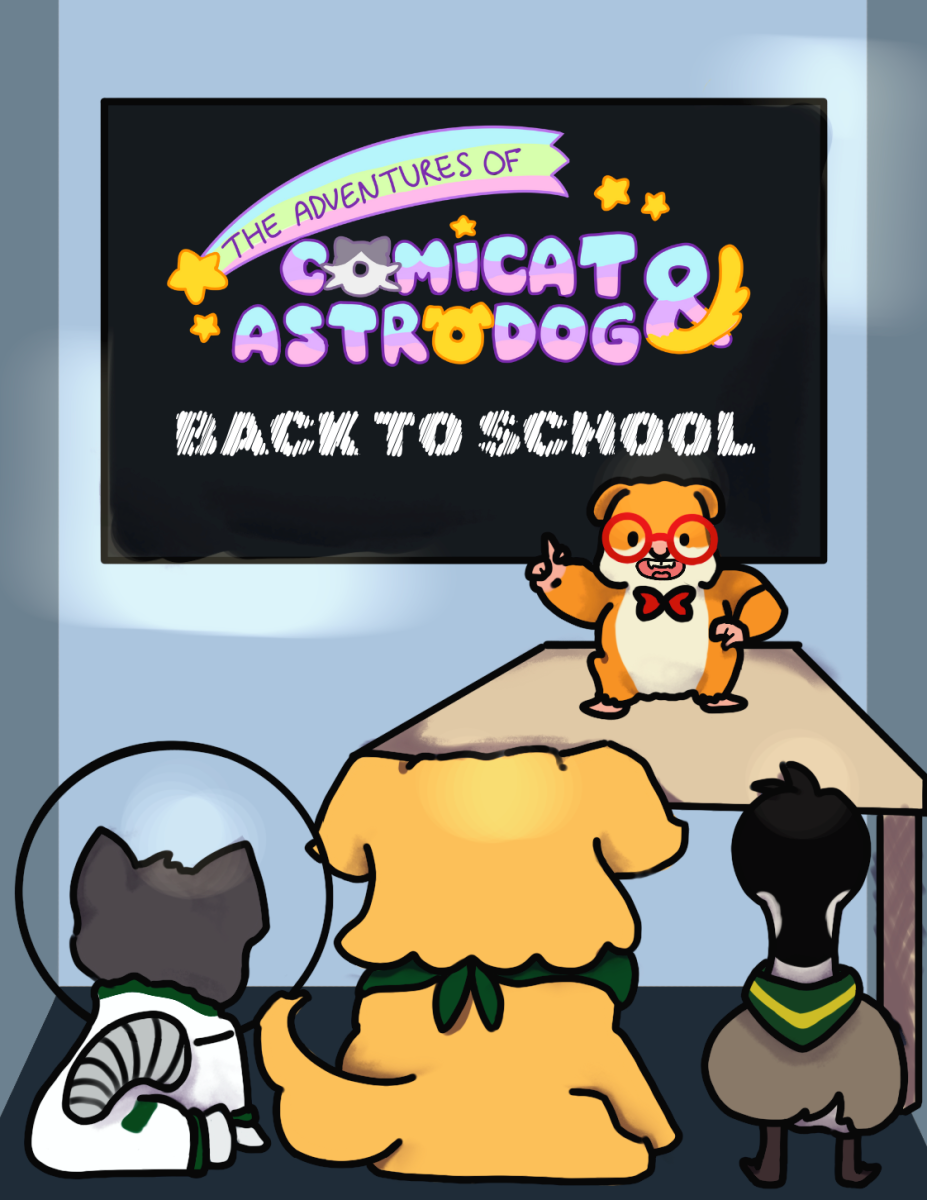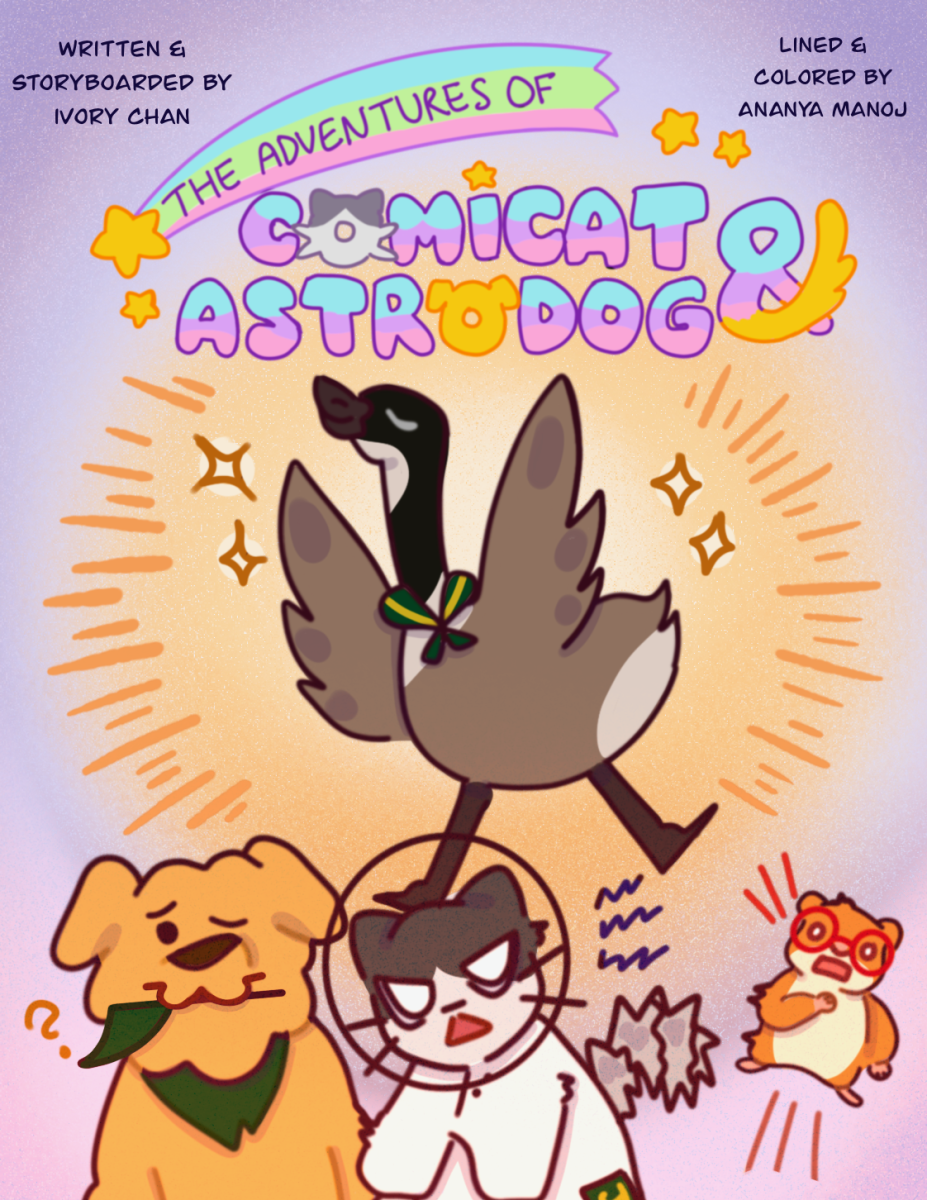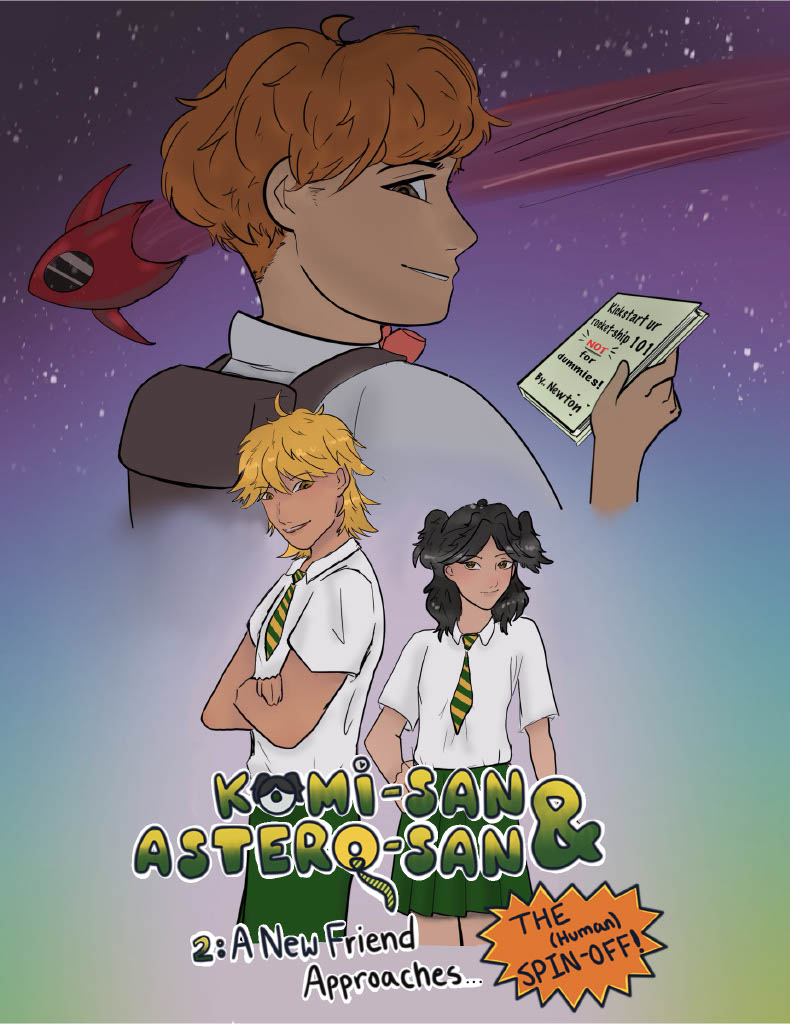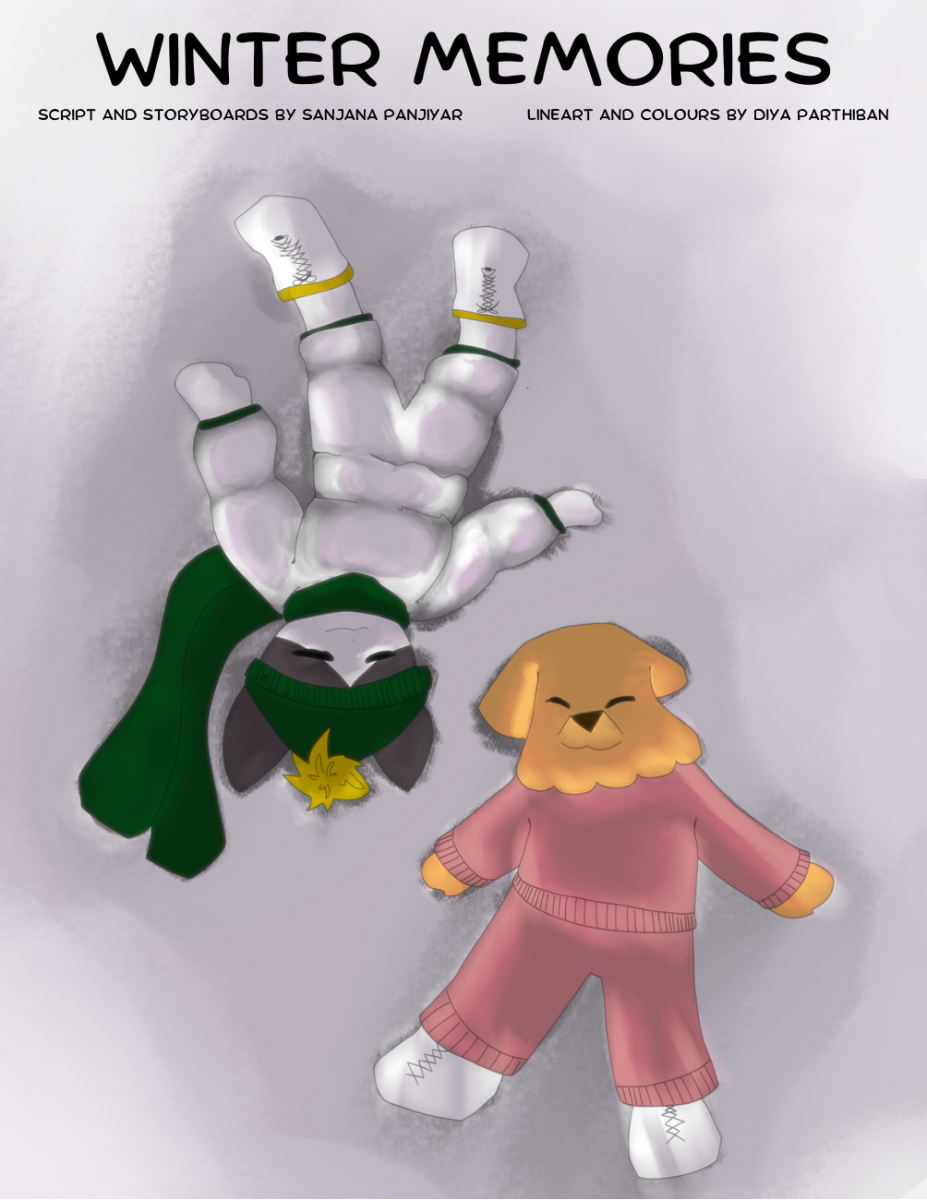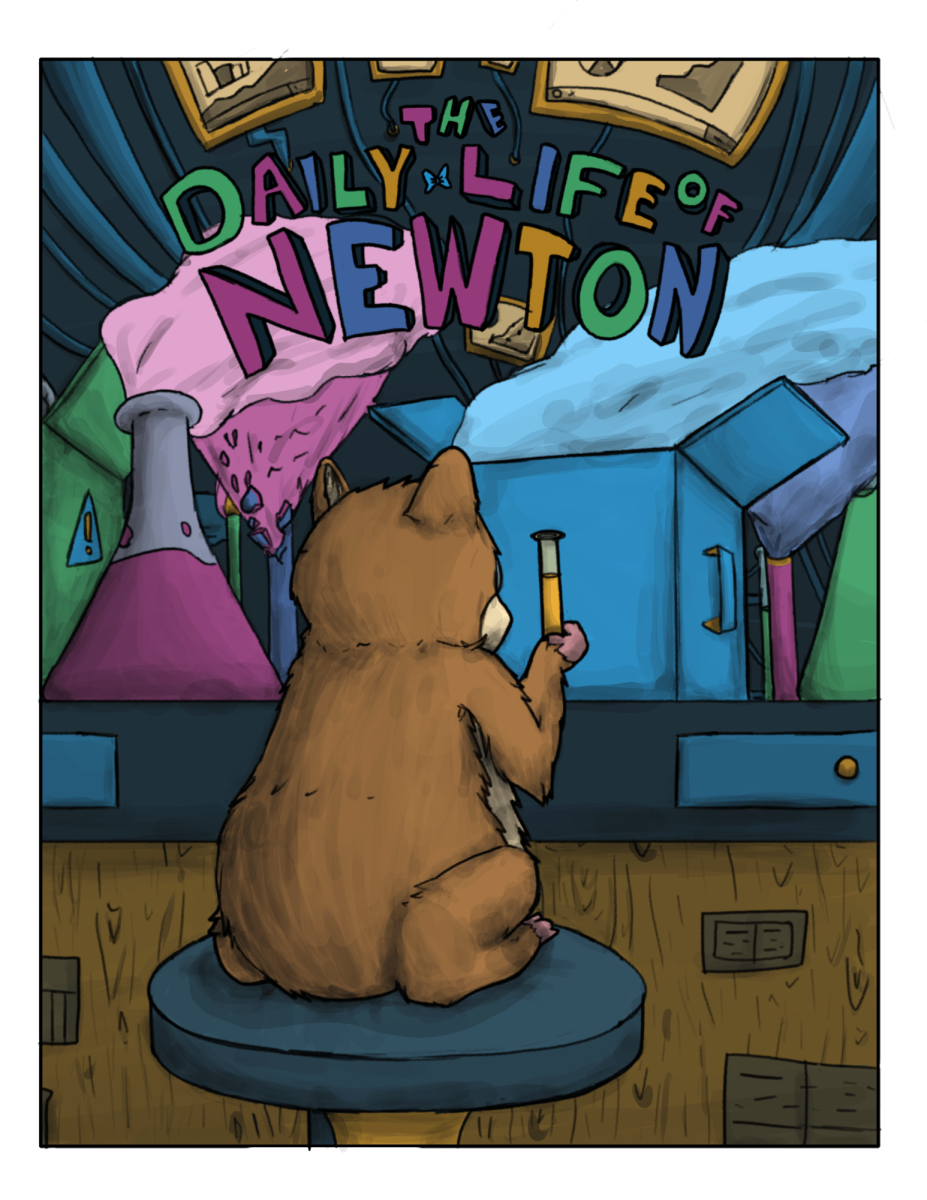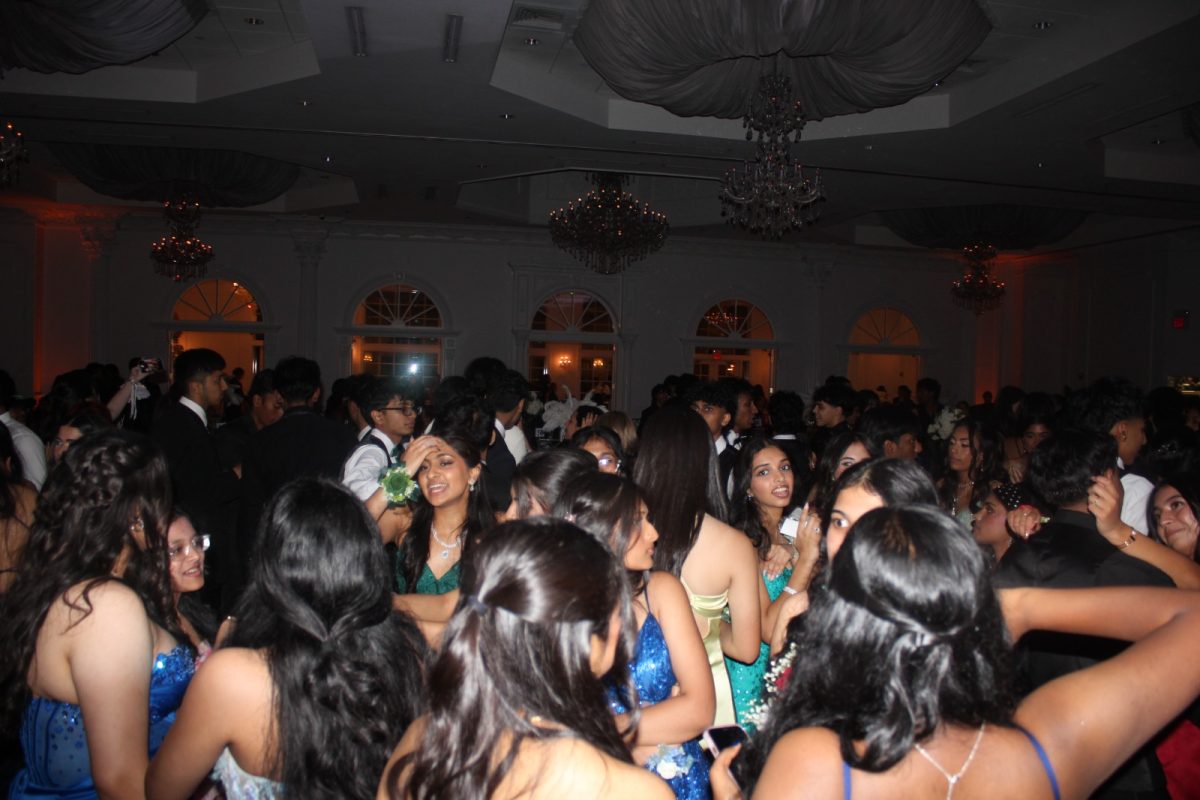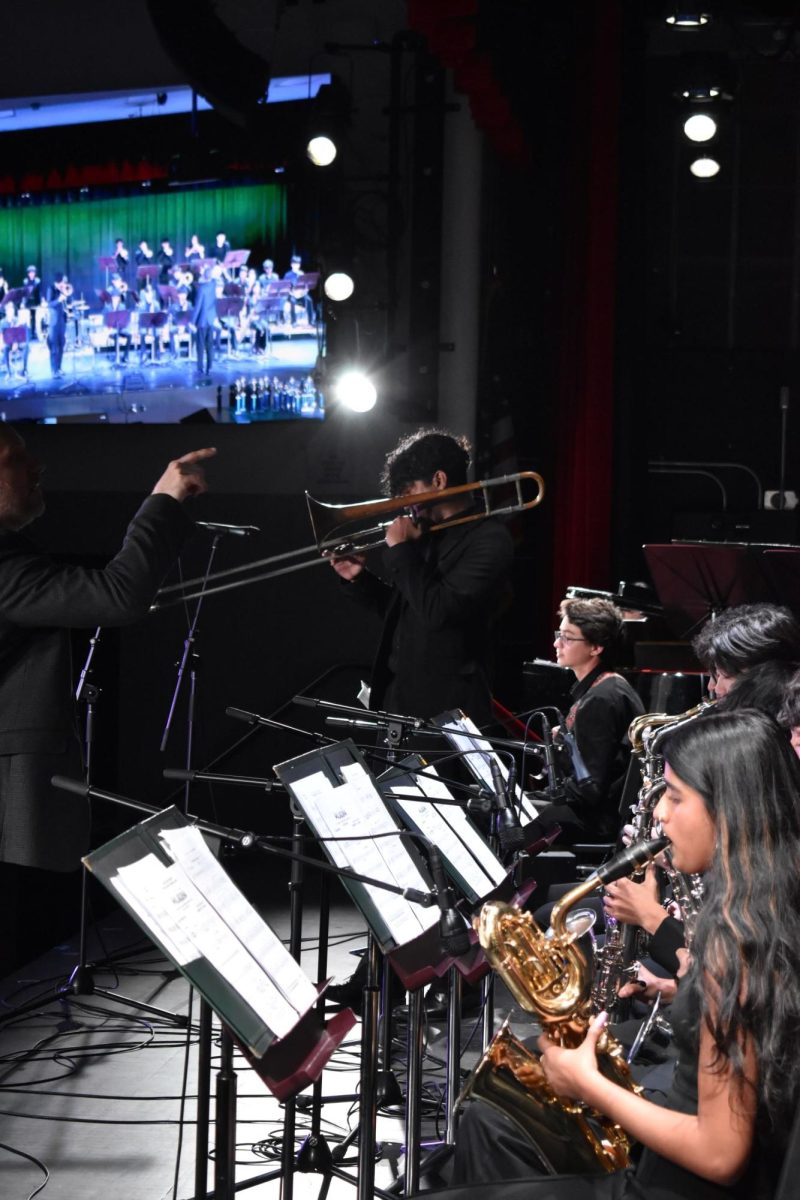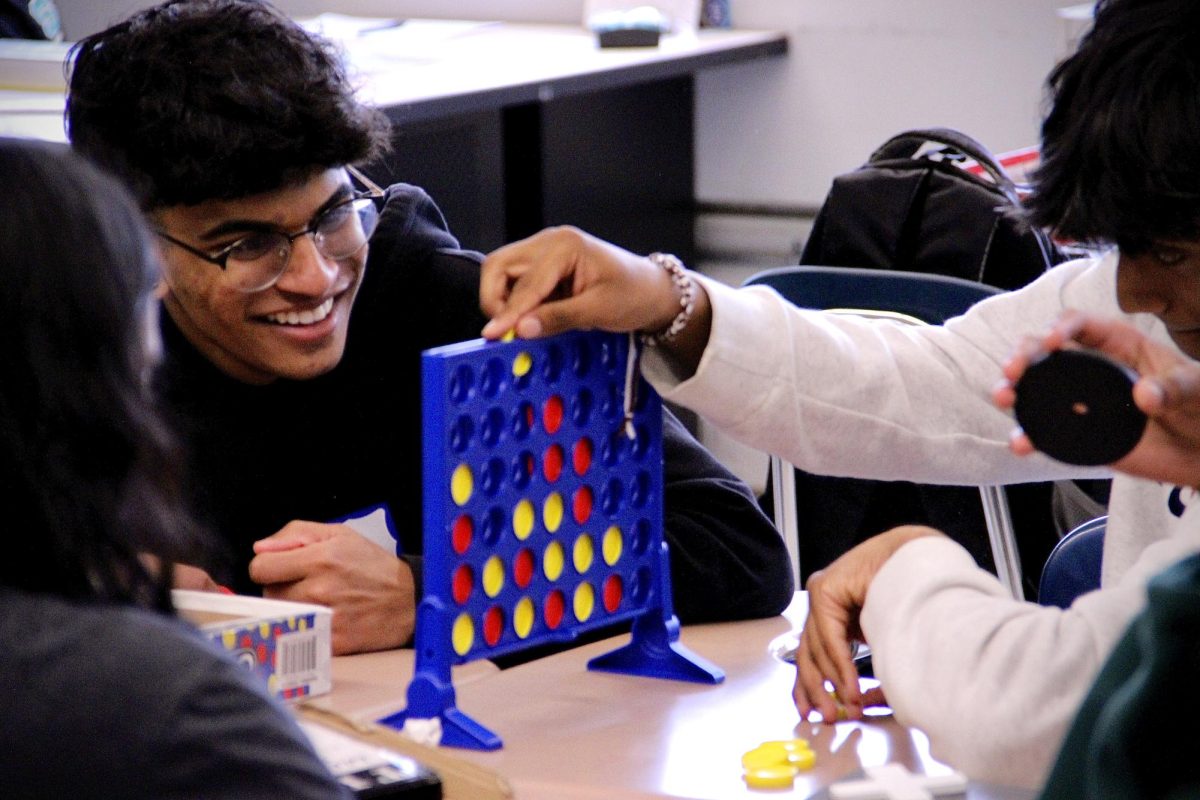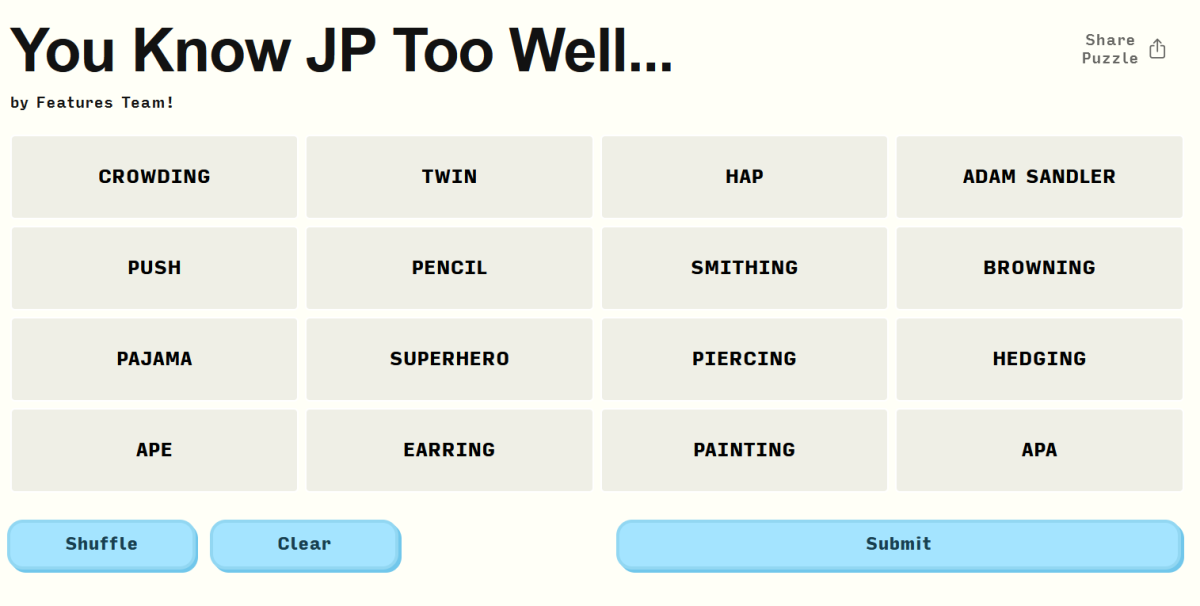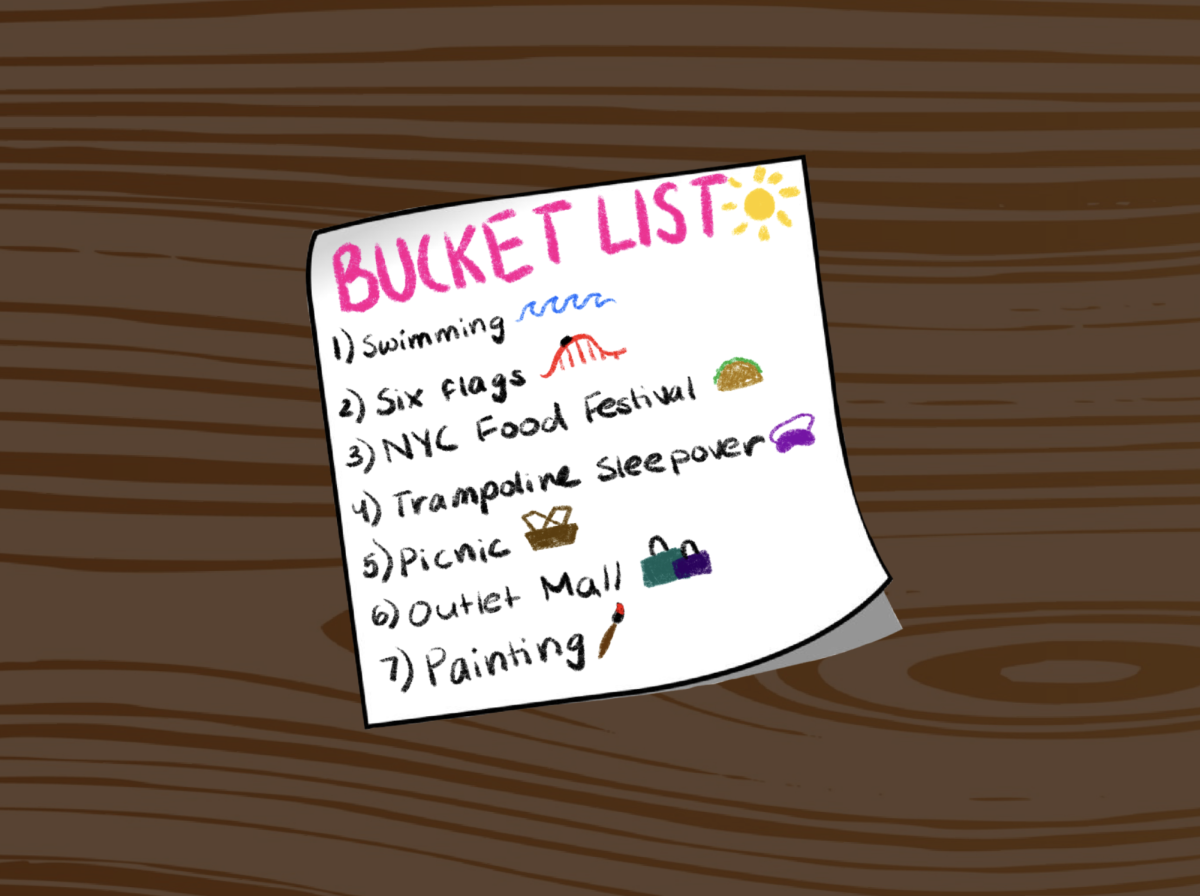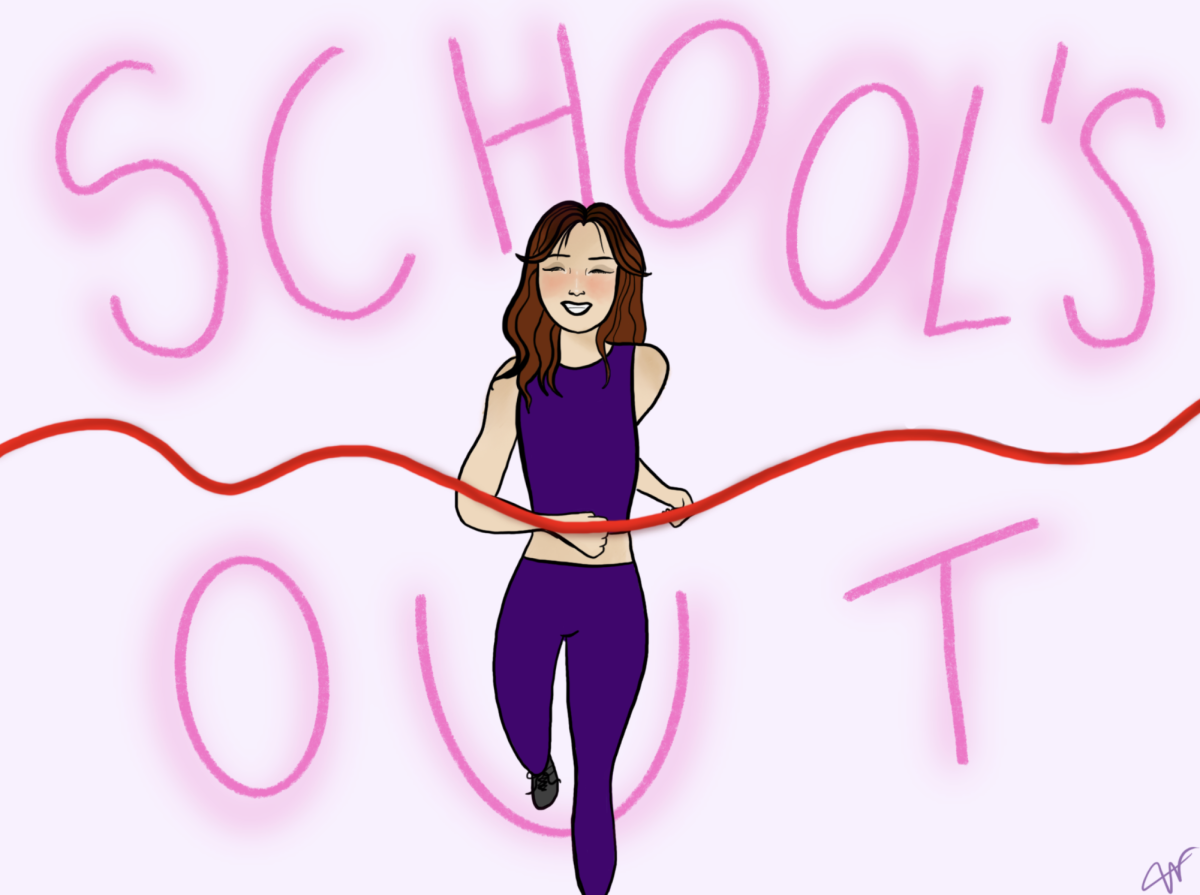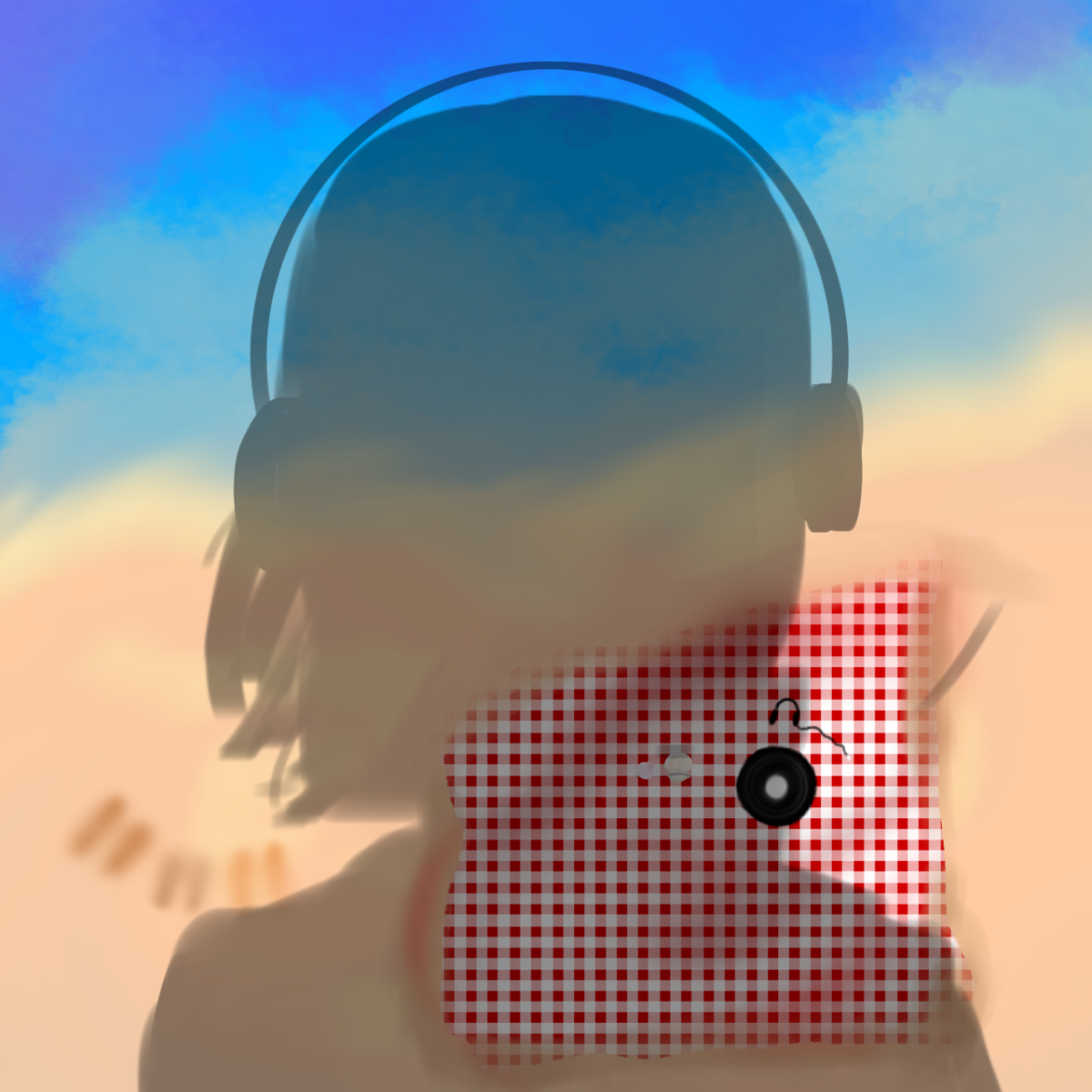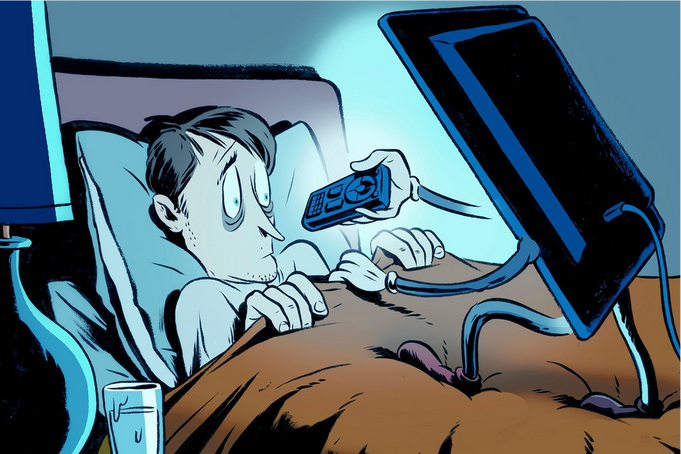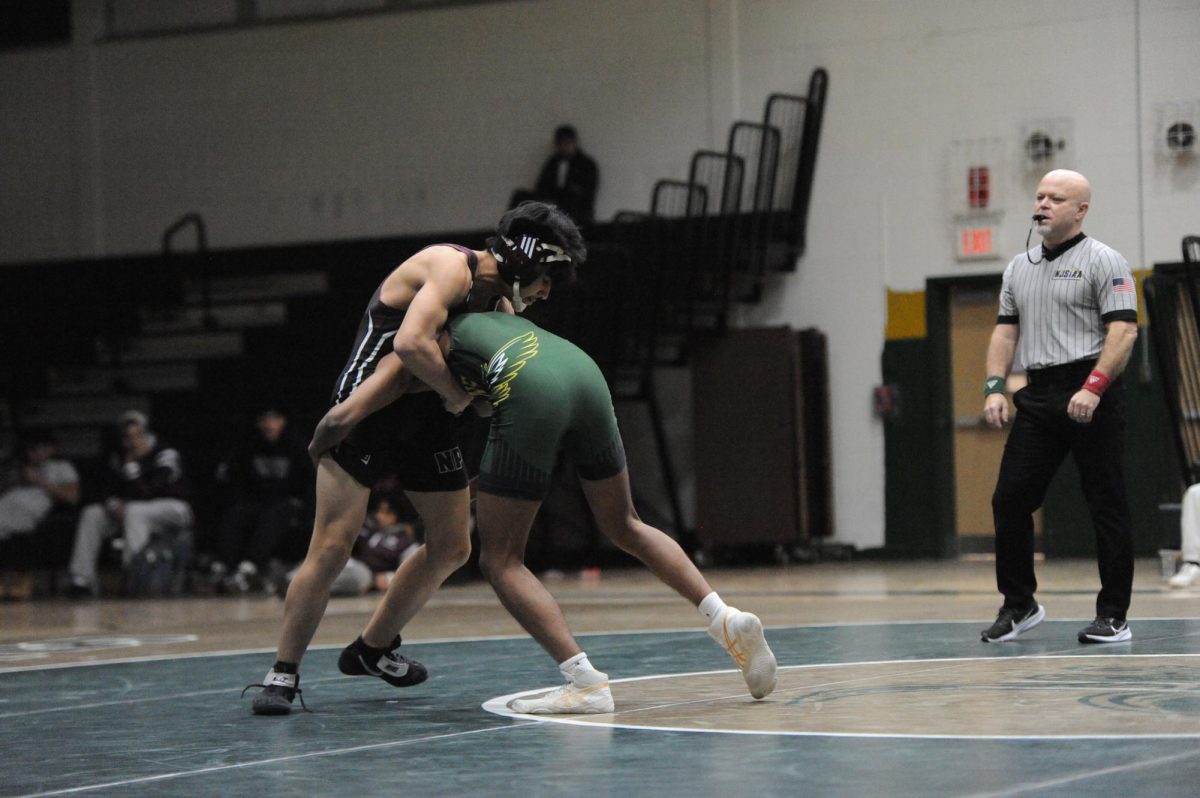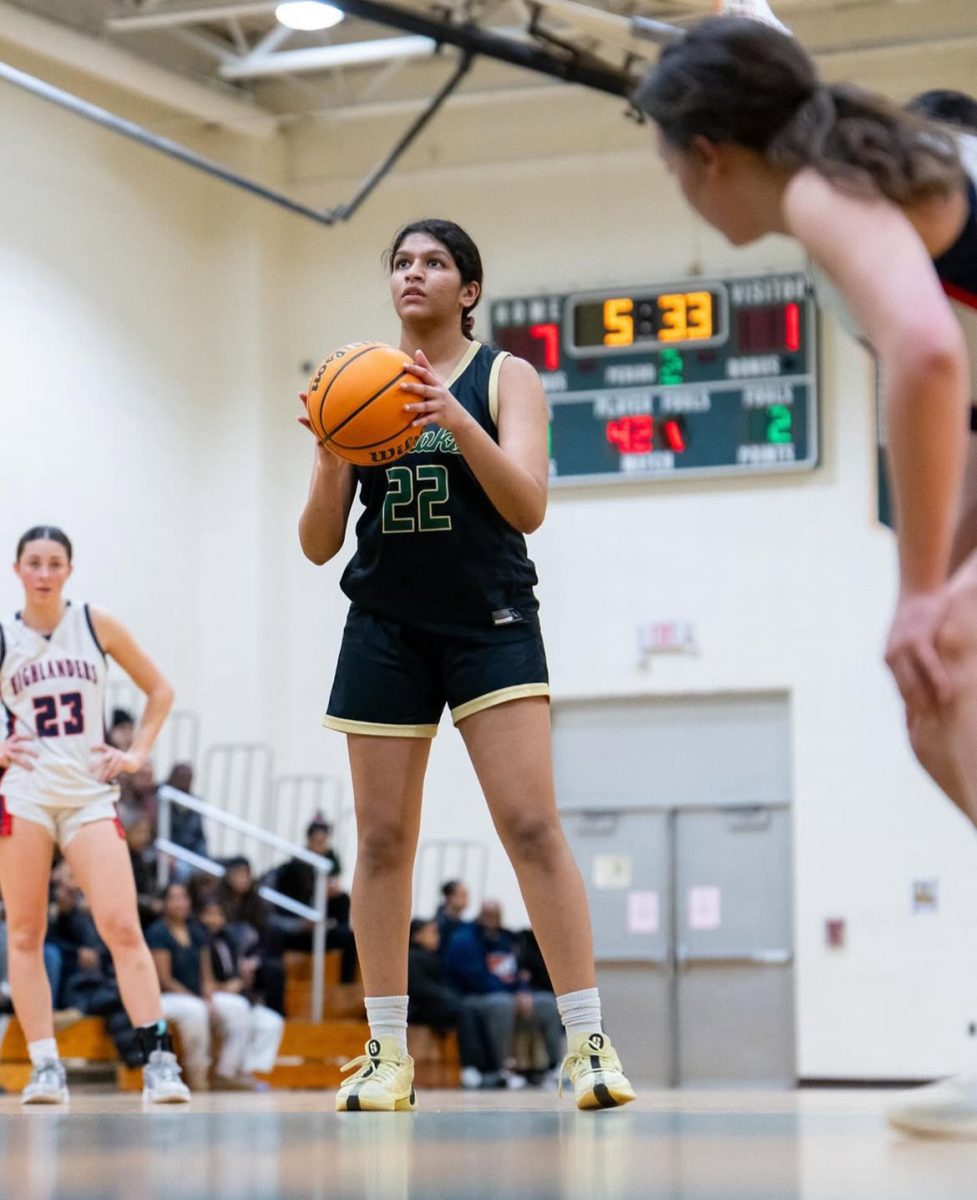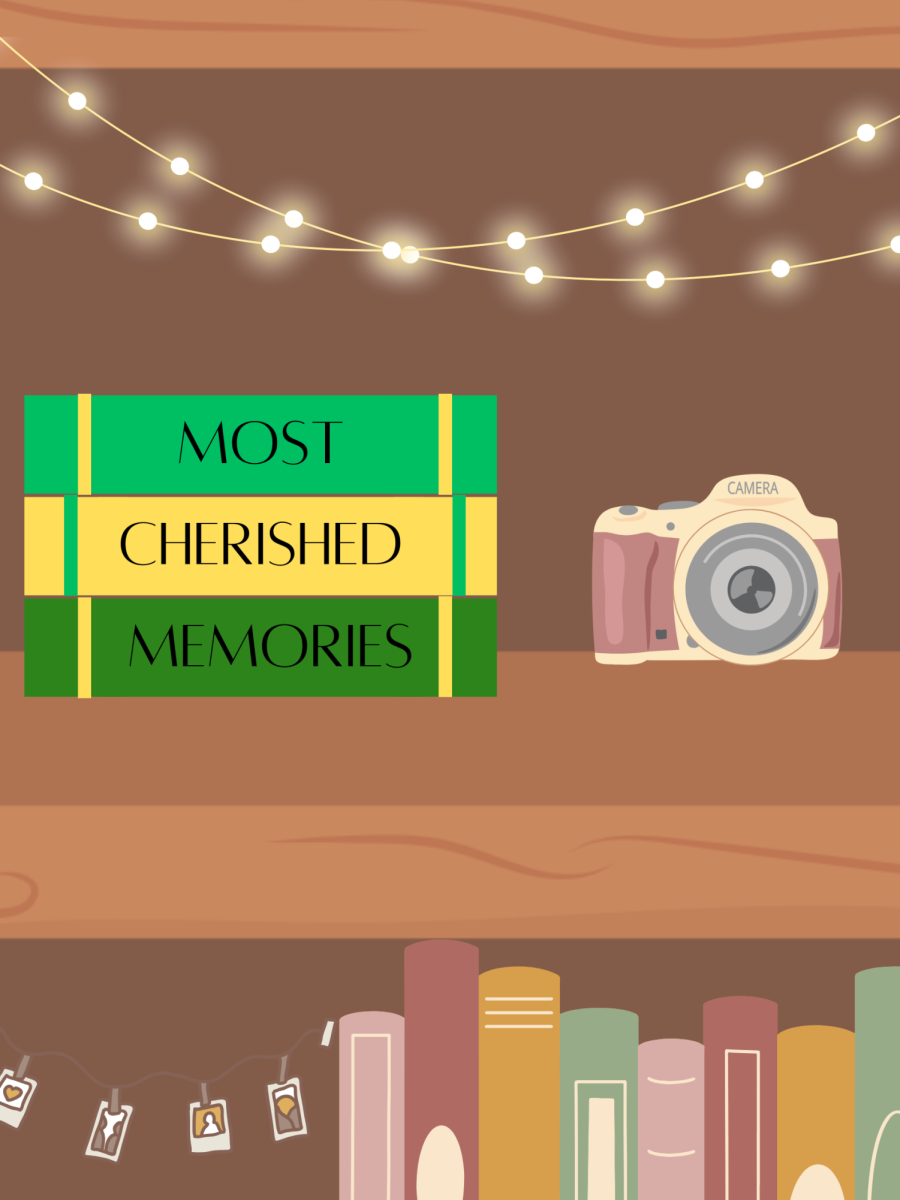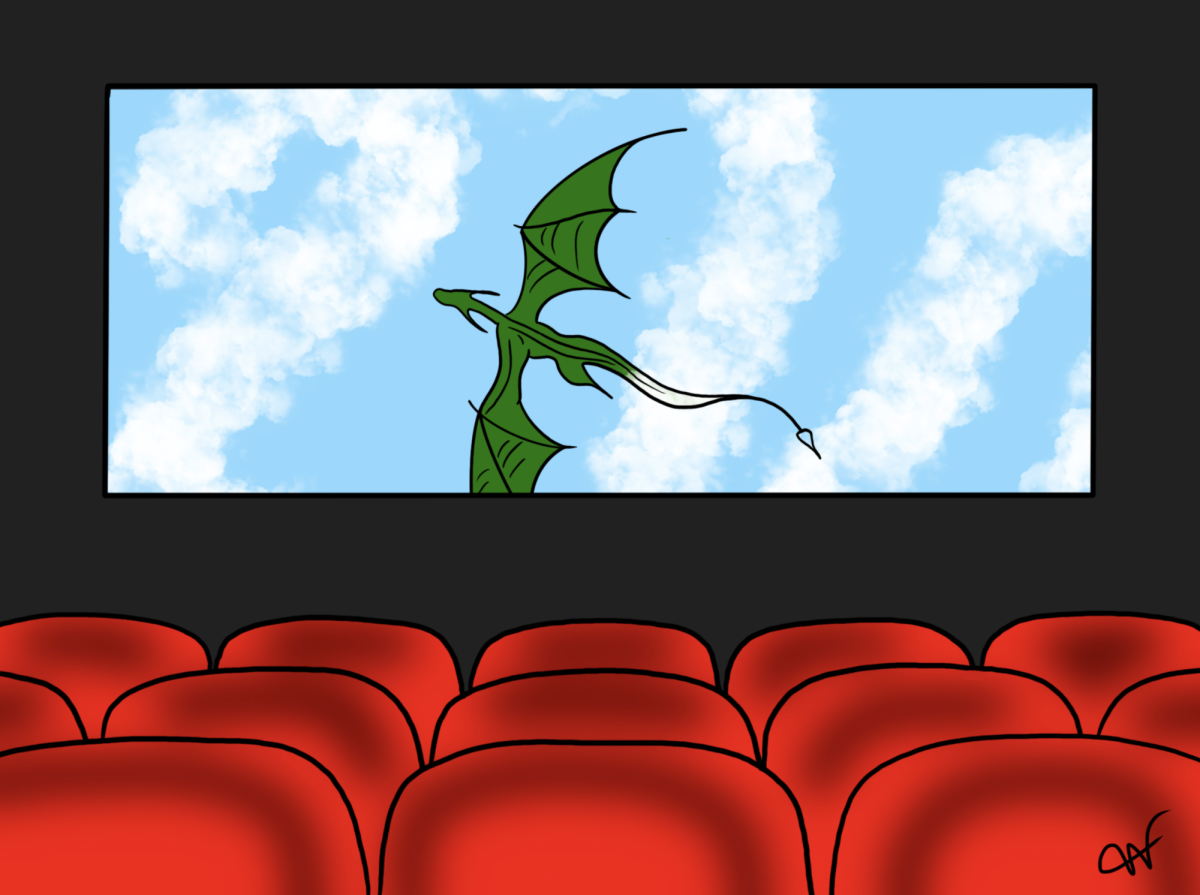A violent snowstorm is raging outside once again this month. You’ve spent more time defrosting in homeroom than getting ready in the morning. But right now, your classroom is radiating heat in the dead of winter, and you can feel yourself sweating for the first time in three long, blustery months. For once, every single student is immensely focused on their work. They’re hunched over their MacBooks, fingers furiously tapping away. You feel actual fear for the first time since you bombed a test on cellular respiration in freshman year. For once, you feel the desire to win something…anything. So, what exactly is going on in that classroom? Why do the students seem to be in a trance?
You aren’t taking a test. But rather chances are, you’re playing a classroom game: Kahoot, Blooket, Gimkit, Quizlet, or others. These games are a crucial part of any student’s memories since elementary school, whether it was Spanish culinary vocabulary from eighth grade or English test reviews in sixth. Though they are often used as review for exams, playing them feels more stressful, high-stakes, and competitive than actual assessments. Unfortunately, high school teachers have so much to get through in ten tiny months—or less—before AP season, that these fun moments dwindle from commonplace to incredibly rare the older you get.
With so little time, which one should get the spotlight? Let’s look at the top five and crown one winner based on overall competitiveness, satisfaction, or enjoyability.
Kahoot, the classic and typically a crowd favorite, deserves to be introduced first as it set the precedent for competitive classroom gaming. It was launched the earliest, in 2012. Next is Quizizz, one of the more unique games for its self-paced playstyle released in Bengaluru in 2015. Quizlet, known for studying and a savior for unprepared students, created their own live game in 2016 to help reiterate information and save even more unprepared students through this revision. The video game inspired Gimkit to follow suit in 2017, launching its adorable two-legged spherical characters and the many modes you can play. Finally, came classroom favorite and currency-based Blooket, with versatile options for playing. Which will win? The oldest, most tried-and-true game in the book or the newest, or the most innovative game?
To understand how competitive and satisfying each game is, let’s look at how they are played. Kahoot and Quizlet Live both prioritize speed the most; the faster you click, the more points you get. This lightning-fast style often comes at the cost of accuracy, as misclicks can happen or players may not take the time to think before inputting an answer. This in turn works to make the game more stressful and increases the stakes, and for that reason arguably more competitive. On the other hand, Quizizz and Gimkit, though played differently, are generally self-paced and therefore take the pressure of time off the player. Quizizz is started by students at any time they want, and although how long it takes them to answer questions is limited, there really are no other stringent limits. On the other hand, most of Gimkit is strategic in an effort to earn the most amount of points. In order to increase their energy, questions can be answered at any point and pace. Gimkit, like Blooket, also usually has an overall time limit on the entire game. This is decidedly not the case with anything else. It means that the speed of the top players doesn’t affect the game, but also pushes students to amass a certain amount of correct answers quickly. Based on competitiveness, it is probably safe to rank Kahoot and Quizlet the highest, followed by Blooket, then Gimkit and Quizizz together at the lowest.
But what about satisfaction? Satisfaction usually does follow competitiveness, as the more high-stakes a game is, the better it feels to win. But being first place in anything feels great, so different students might find different games more enjoyable to win. It truly just depends on what you like! If you enjoy the first and most classic format of the game, it might be Kahoot. If you like the cute little avatars on Gimkit, you might play that instead. If you’d like an option to review your existing flashcards while still playing quickly, Quizlet Live might be the best choice, while a more relaxing and self-paced practice might mean Gimkit. Blooket is for the people who want a game with plenty of boosts which functions on currency. It’s up to you!
Overall, classroom games are some of the best parts of reviewing and retaining information before tests and quizzes. However, they become increasingly rare the older you get, so enjoy the few moments of fun and play these games well as they can be really helpful. The real battle isn’t between the classroom games—it’s the test that comes after. So Kahoot, Quizlet, whatever, put it to good use and win.


